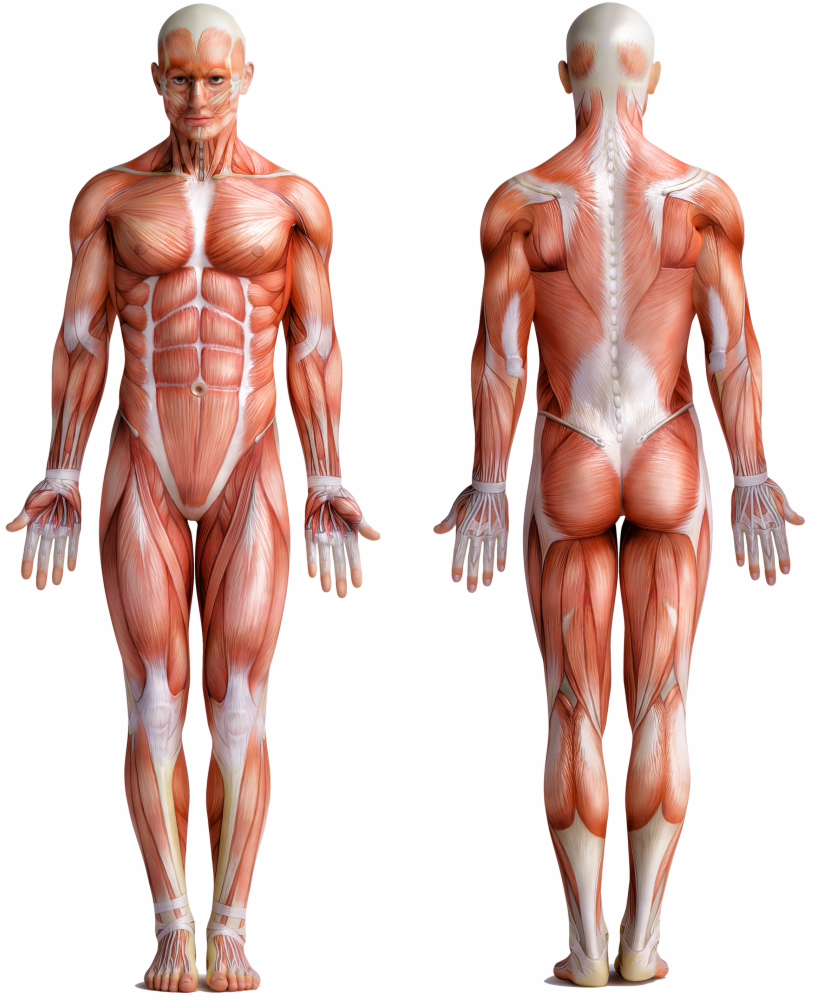-

-
About Us
- Our Vision
-
Personalized Care
Personalized Care Personalized Care Intro
Diagnostic Tests
- Digital X-Ray
- DynaROM
- 3D Body Scanning
- Gastrointentinal Health
- Organic Acids
- Comprehensive Stool Analysis
- Food Sensitivity
- Dietary Antigen Complete
- Endocrinology
- Thyroid Panel
- DUTCH Hormone Test
- Neurotransmitter Profile
- Adrenal Profile
- Nutritional Status
- Vitamin D
- Homocysteine
- Methylmalonic Acid
- Urine Iodine
- Organic Acids
- Copper Zinc Profile
- Essential Fatty Acid Profile
- RBC Metals & Minerals
- Toxic & Essential Elements
- RBC Elements
- Urine Toxic Metals
- Hair Metals & Minerals
- Urine Halides
Treatments
- Avacen Therapy
- Bioidentical Hormone Replacement Therapy (Anti-Aging)
- Chiropractic Care
- Electric Muscle & Nerve Stimulation
- Emsculpt Neo
- Emsella Treatment
- Erchonia Laser (Model EVRL)
- Exosomes
- Hair Restoration
- Headache & Migraine Treatment
- Hyaluronic Acid Injection
- Intersegmental Traction
- IV Nutrient Therapy
- Laser Lipo
- Massage Traction Chair
- PRP Facials
- PRP for Erectile Dysfunction
- PRP for Female Sexual Dysfunction
- PRP for Pain Relief
- PRP for Urinary Incontinence
- Semaglutide
- Shockwave Therapy for Cellulite & Skin Tightening
- Shockwave Therapy for Pain Relief
- Shockwave Therapy for Female Sexual Dysfunction
- Shockwave Therapy for Male Sexual Dysfunction
- Skin Rejuvenation
- Spinal Decompression
- TENS Unit
- Testosterone Replacement Therapy (TRT)
- Therapeutic Ultrasound
- Thyroid Care
- Trigger Point Therapy
- Durable Medical Equipment
- Ankle-foot Orthosis
- Cervical Rehab Coller
- Custom Foot Orthotics
- Lumbosacral Orthosis
- Osteoarthritis Knee Brace
- Wrist Brace
- FAQs
- Testimonials
- Pain Relief
- Weight Loss
-
Sexual Wellness
-
Anti-Aging
-
Resources
- Blog
- Video Library
- Store
-
Health Condition Library
Health Condition Library
- Ankle Osteoarthritis
- Bulging Spinal Disc
- Carpal Tunnel
- Cervical Degenerative Disc Disease
- Cervical Radiculopathy
- Elbow Bursitis
- Erectile Dysfunction
- Fatigue
- Female Hormone Imbalance
- Female Sexual Dysfunction
- Fibromyalgia
- Foot Arthritis
- Frozen Shoulder
- Golfer’s Elbow
- Hand Arthritis
- Headache
- Hip Bursitis
- Hip Osteoarthritis
- Hyperthyroidism
- Hypothyroidism
- Knee Bursitis
- Knee Osteoarthritis
- Low Testosterone
- Lumbar Degenerative Disc Disease
- Migraines
- Musculoskeletal Pain
- Obesity
- Osteoarthritis
- Plantar Fasciitis
- Plantar Fibroma
- Rotator Cuff Injury
- Sciatica Pain
- Shoulder Bursitis
- Shoulder Osteoarthritis
- Tennis Elbow
- Thoracic Degenerative Disc Disease
- Urinary Incontinence
- Weight Gain
- Wrist Arthritis
- Wrist Bursitis
- Contact
Unveiling Osteoarthritis:
A Medical Journey through the Joint Landscape

Introduction:
Osteoarthritis, a prevalent joint disorder affecting millions worldwide, demands a meticulous examination from a medical perspective. In this comprehensive exploration, we delve into the intricacies of osteoarthritis, unveiling alternate names, potential causes, diverse symptoms, and the evolving landscape of treatment options.
What is Osteoarthritis?
Osteoarthritis, often referred to as degenerative joint disease or wear-and-tear arthritis, is a chronic condition characterized by the gradual breakdown of cartilage in the joints. Cartilage, the protective tissue covering the ends of bones, undergoes deterioration over time, leading to pain, stiffness, and reduced joint mobility. Understanding osteoarthritis from a medical perspective is crucial for effective diagnosis and management.
Alternate Names:
- Degenerative Joint Disease
- OA (Abbreviation for Osteoarthritis)
- Wear-and-Tear Arthritis
Symptoms:
Osteoarthritis manifests with a spectrum of symptoms, reflecting the progressive nature of the condition and the joints involved:
- Joint Pain: Persistent pain, particularly during or after movement, affecting the knees, hips, hands, spine, or other weight-bearing joints.
- Stiffness: Reduced joint flexibility and stiffness, often more pronounced in the morning or after periods of inactivity.
- Swelling: Inflammation around the affected joints, causing visible swelling and tenderness.
- Joint Instability: A feeling of joint instability or weakness, especially in advanced stages of osteoarthritis.
- Grating Sensation: Crepitus or a grating sensation during joint movement due to the roughened surfaces of degenerated cartilage.
- Reduced Range of Motion: Gradual limitation in the ability to move joints through their full range of motion.
Causes:
Osteoarthritis arises from a complex interplay of genetic, mechanical, and environmental factors, contributing to the degradation of joint cartilage:
- Aging: The natural aging process involves changes in joint structure and function, making older individuals more susceptible to osteoarthritis.
- Joint Stress and Overuse: Repetitive stress or excessive use of joints due to occupation, sports, or activities can contribute to cartilage wear and tear.
- Genetics: Genetic factors can influence the susceptibility to osteoarthritis, with some individuals having a hereditary predisposition.
- Joint Misalignment: Conditions that cause joint misalignment, such as congenital abnormalities or injuries, can accelerate cartilage deterioration.
- Obesity: Excess body weight places increased stress on weight-bearing joints, contributing to the development and progression of osteoarthritis.
Treatments:
Managing osteoarthritis involves a multifaceted approach tailored to the severity of symptoms and the joints affected:
- Pain Medications: Nonsteroidal anti-inflammatory drugs (NSAIDs) or acetaminophen may be prescribed for pain relief.
- Physical Therapy: Targeted exercises to improve joint flexibility, strengthen surrounding muscles, and enhance overall joint function.
- Weight Management: Maintaining a healthy weight to reduce stress on weight-bearing joints and slow the progression of osteoarthritis.
- Assistive Devices: Using supportive devices such as braces, canes, or orthopedic footwear to alleviate joint stress.
- Joint Injections: Intra-articular injections of corticosteroids or hyaluronic acid to provide temporary relief for pain and inflammation.
- Nutritional Supplements: Glucosamine and chondroitin supplements may be considered to support joint health, although evidence on their efficacy is mixed.
- Surgical Intervention: In severe cases, joint replacement surgery (arthroplasty) may be recommended to alleviate pain and improve joint function.
Conclusion:
Osteoarthritis, with its complex interplay of factors and impact on joint health, demands a nuanced understanding for effective management. As medical research continues to advance, healthcare professionals can navigate the complexities of osteoarthritis, offering patients tailored treatment plans that optimize their quality of life and facilitate a swift recovery from this common yet intricate joint disorder.








